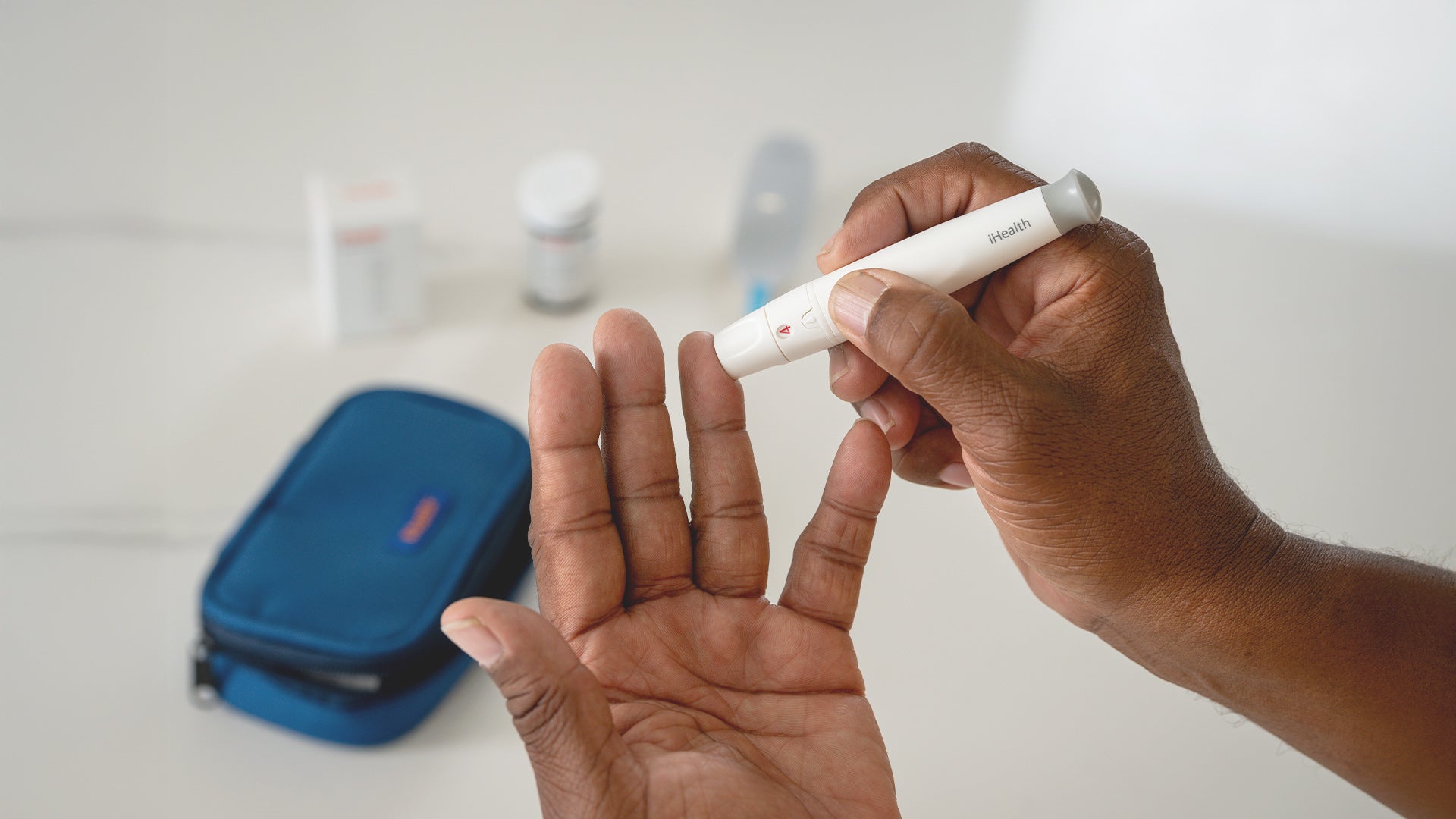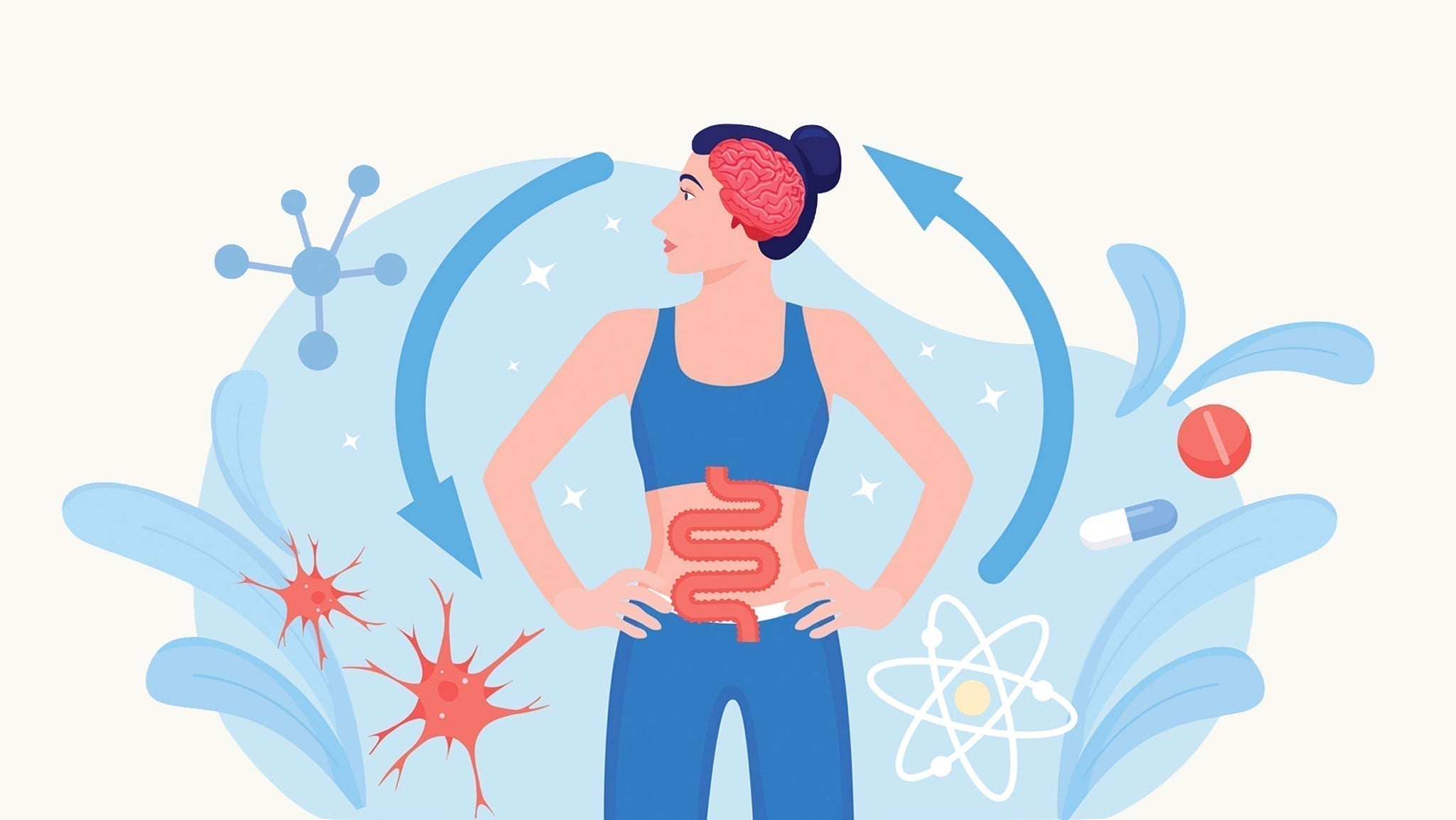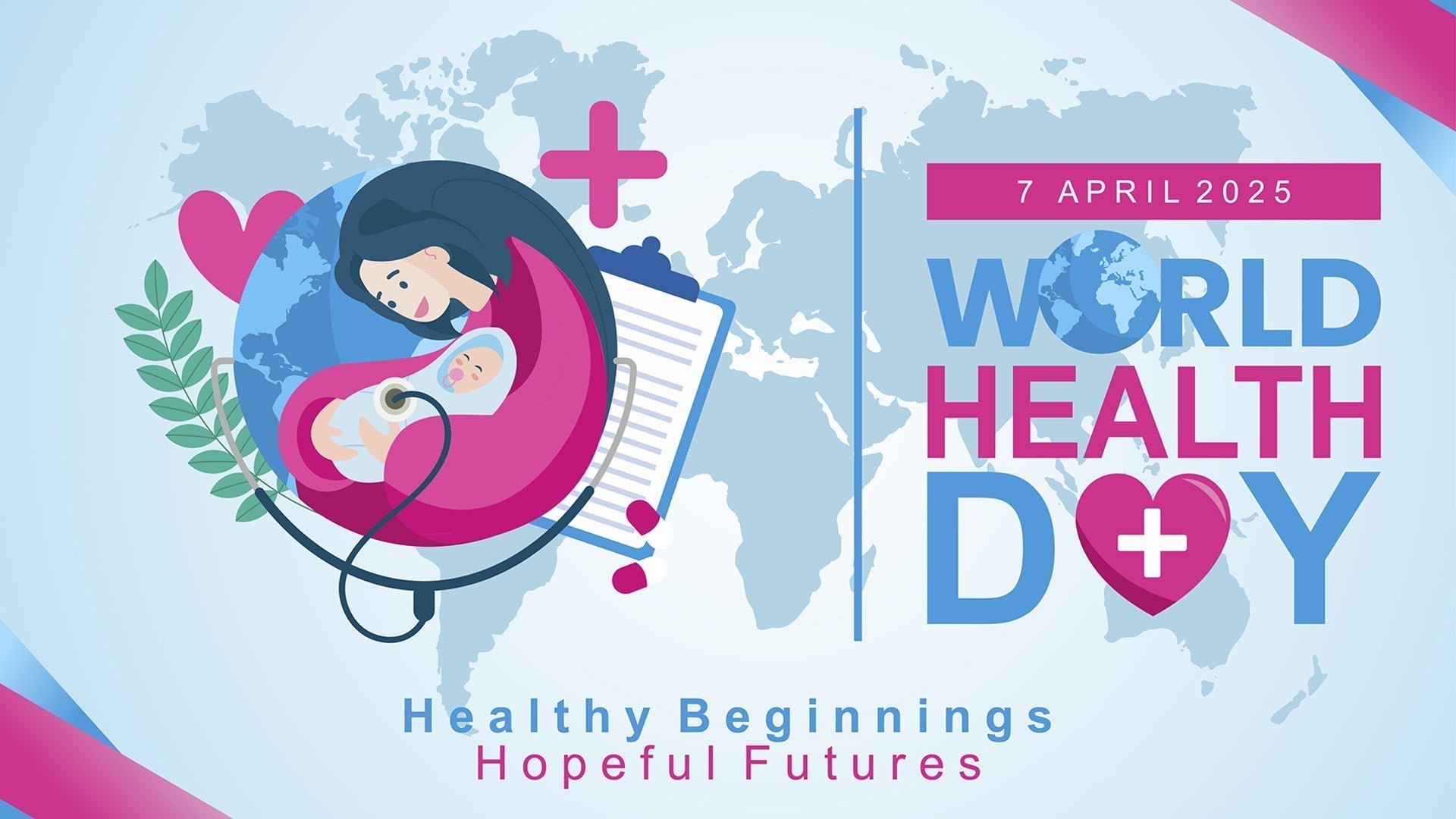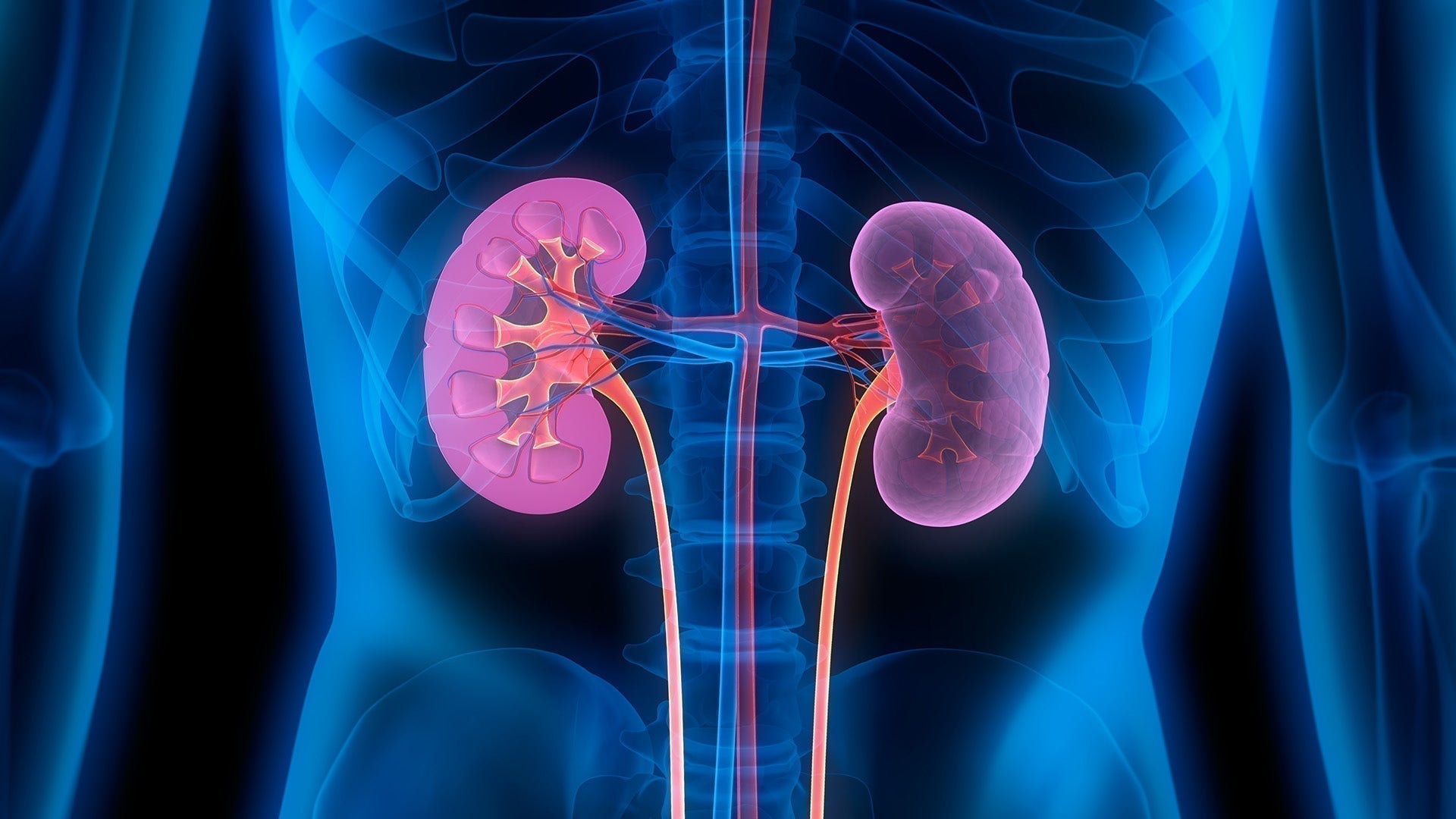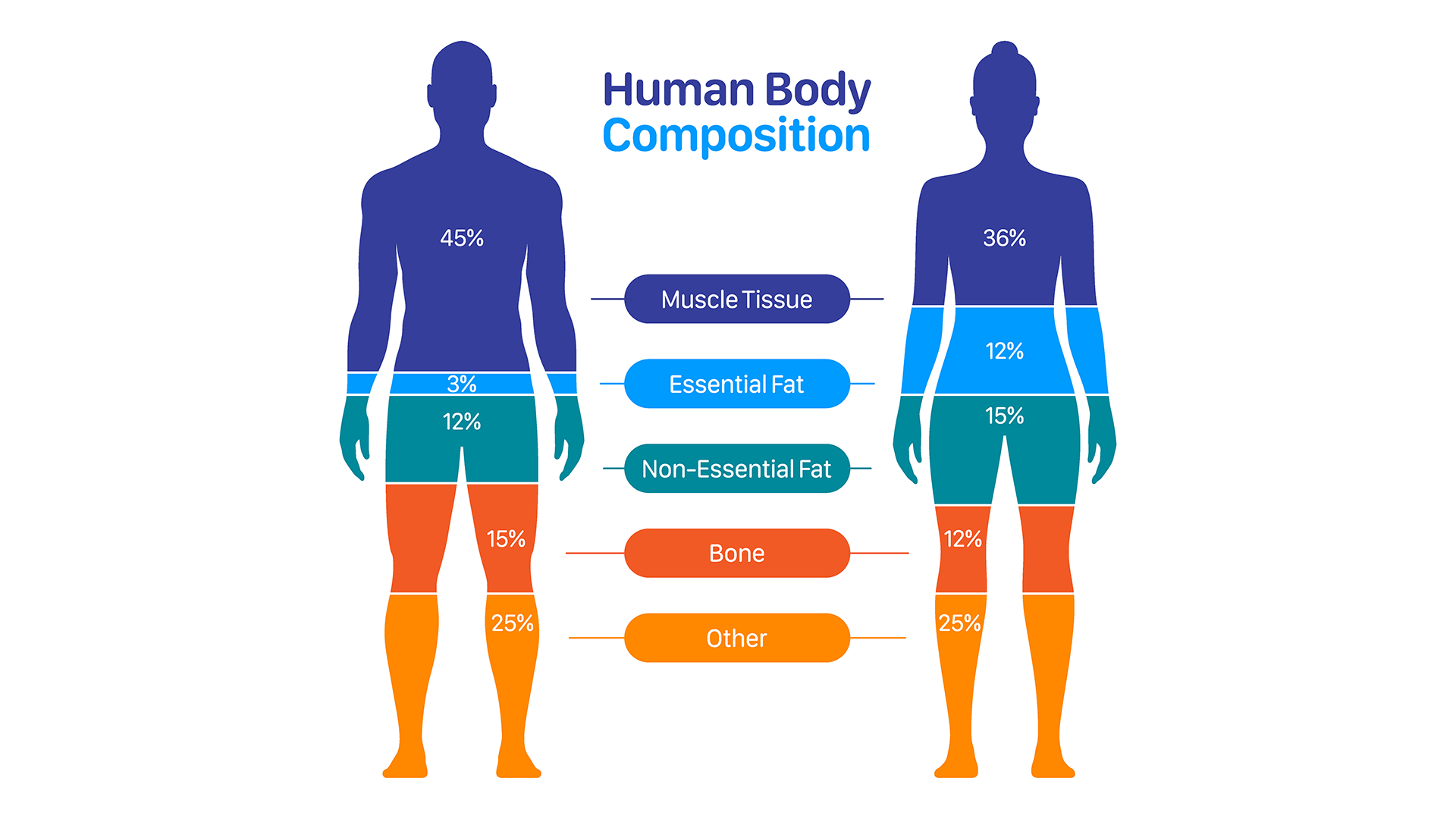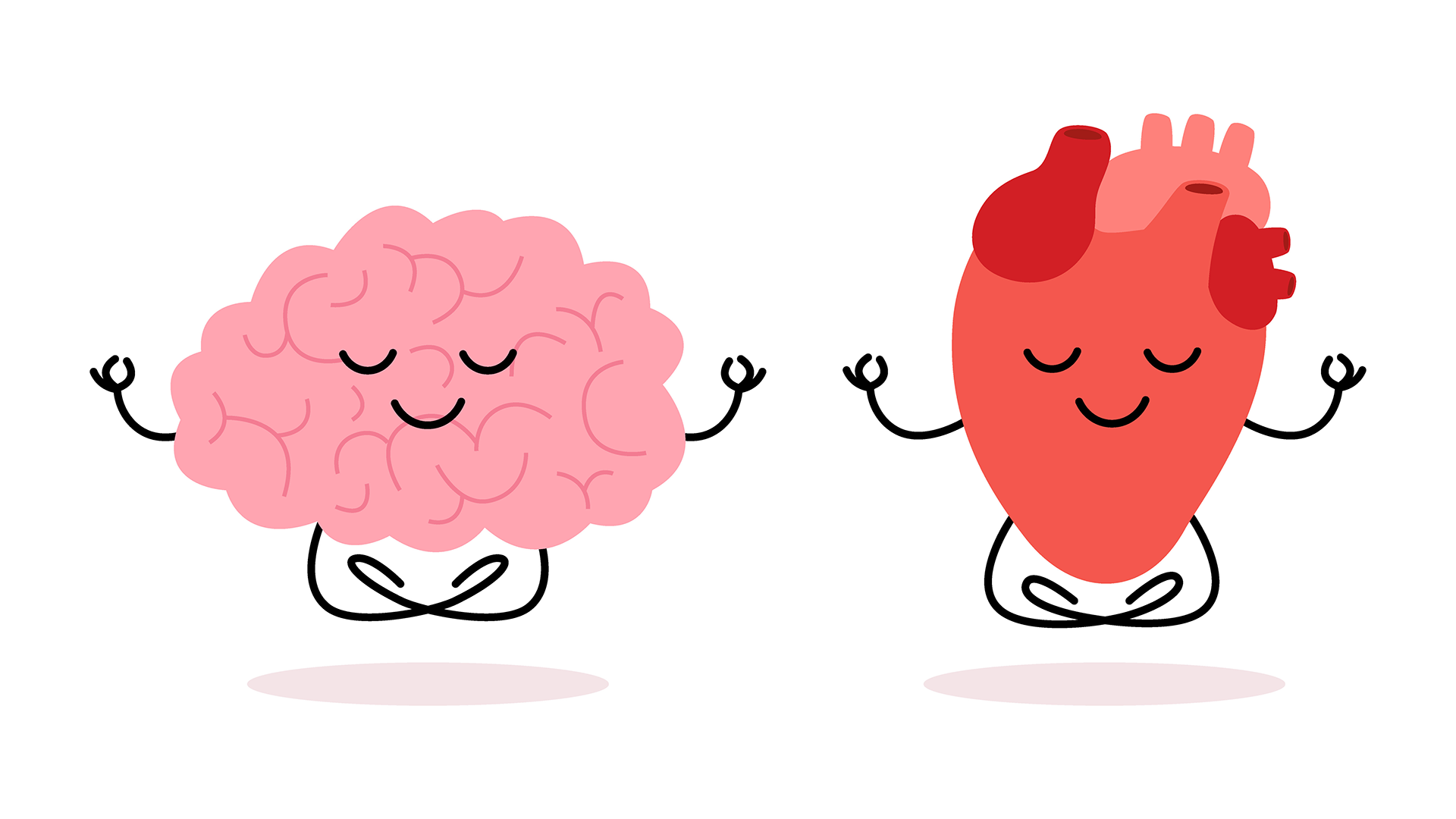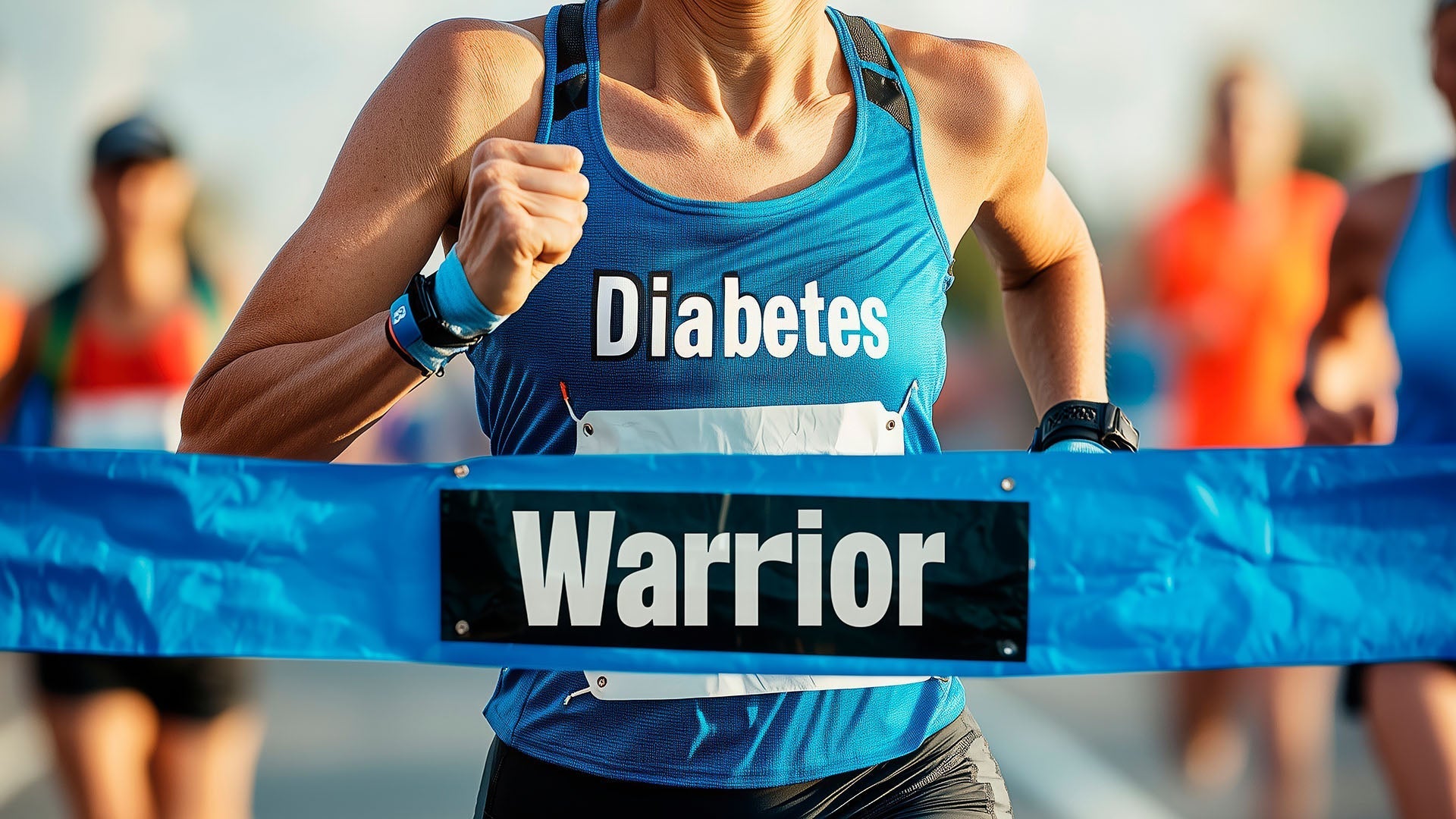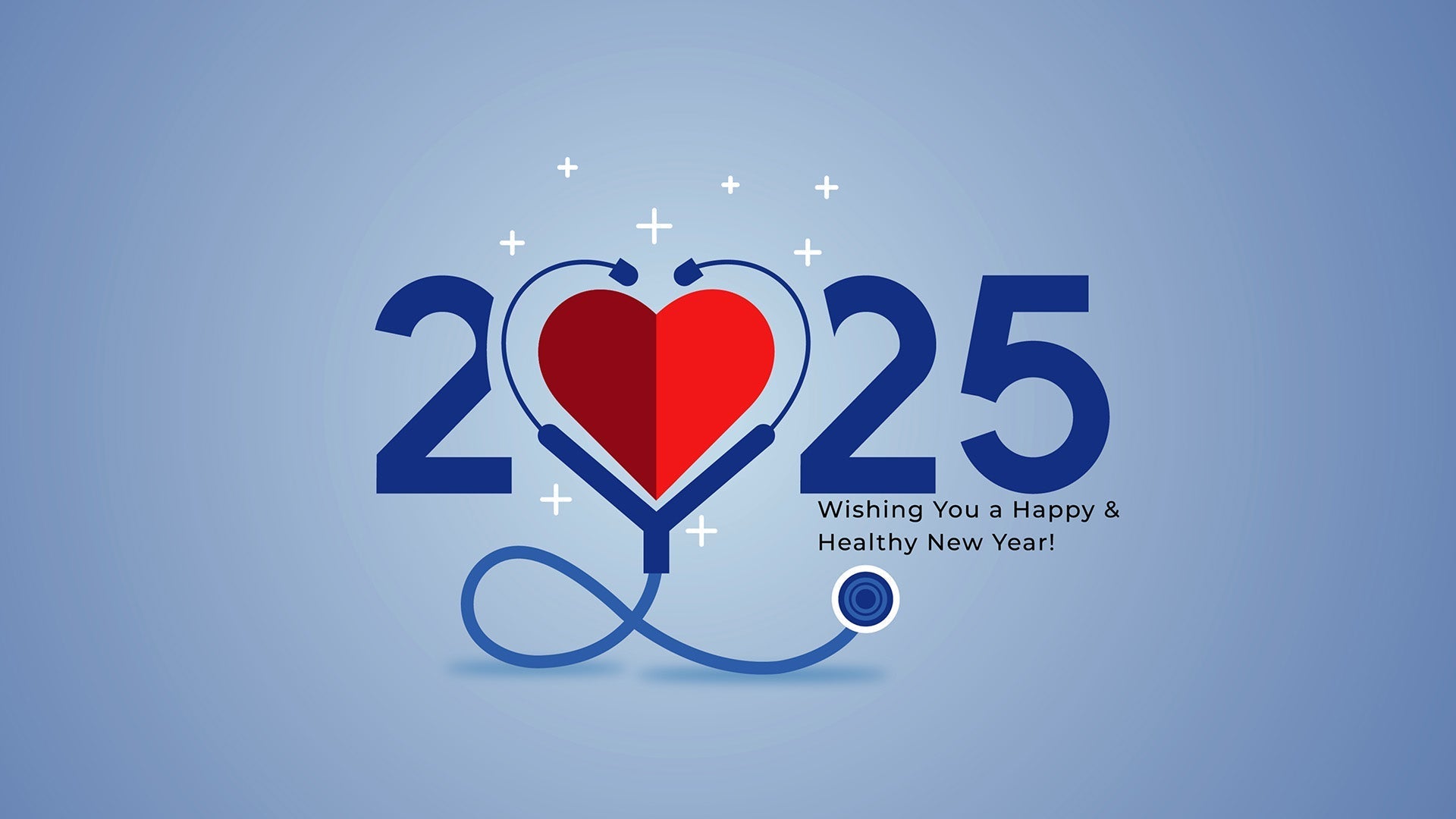Learn Your Way
to A Healthier Life
 Every 40 seconds, someone in the United States has a stroke, and every three minutes, someone loses their life to stroke.
Every 40 seconds, someone in the United States has a stroke, and every three minutes, someone loses their life to stroke.
World Stroke Day, observed annually on October 29, reminds us that stroke isn’t something that happens only to older adults. A CDC analysis shows that after falling between 2006 and 2010, stroke rates in the US have been rising again over the past 15 years, with the biggest increase among adults under 65.
Many of the reasons behind these stroke increase statistics relate to lifestyle and environmental risk factors:
-
Obesity, a major stroke risk factor, affects about 2 in 5 American adults
-
High blood pressure and diabetes are becoming more common, especially in middle age
-
The opioid crisis has contributed to stroke-related hospitalizations
-
Air pollution and rising temperatures are adding to the problem
Some things have improved, however. Americans are smoking less, eating more fruits and vegetables, and consuming less processed meat, according to research. But these improvements aren’t enough to offset the factors driving stroke rates upward overall.
If these numbers feel overwhelming, know that about 80% of strokes can be prevented. Some stroke risk factors can’t be controlled. But you can take steps to lower your stroke risk, and here are 7 you can start working on today.
1. Know and Manage Your Blood Pressure
High blood pressure is the single biggest risk factor for stroke. It can damage your blood vessels and make them more likely to burst or become blocked. You might not feel any symptoms if your blood pressure is high, which is why it’s often called the “silent killer.” Keeping your blood pressure under control is one of the most effective ways to prevent a stroke, and that’s why knowing your numbers is important.
What you can do:
-
Aim for healthy numbers. For most adults, a healthy blood pressure falls between 90/60 and below 120/80. Ask your healthcare provider what your target blood pressure should be based on your health.
-
Monitor at home. Home blood pressure monitors make it easy to track your numbers between medical visits. Check your pressure at the same time each day for the most accurate readings.
-
Cut back on sodium. Check the nutrition facts label of food packaging and aim for less than 1,500 mg of sodium per day. Pick fresh foods when you can, like choosing veggies instead of chips or grilled chicken instead of deli meat.
-
Take your medication. If your healthcare provider prescribes blood pressure medication, take it as directed. Don’t stop your medication without discussing it with your healthcare provider first, even if you feel fine.
2. Keep Your Blood Sugar in Check
Blood sugar might not seem directly connected to stroke, but it is. Your blood vessels can become damaged, stiff, and more likely to clog when your blood sugar stays high for too long. Over time, that raises your stroke risk, which is why managing blood sugar is worth your attention.
What you can do:
-
Know your numbers. You don’t have to wait for your next checkup to know how your blood sugar is doing. A home blood glucose monitoring kit makes it easy to stay informed, especially if you’re managing diabetes risk factors like age and family history. Ask your healthcare provider how often you should check your blood sugar and what your target range should be.
-
Choose foods and drinks that steady your levels. Whole grains, lean proteins, healthy fats, and high-fiber foods help prevent blood sugar spikes and crashes. Limit sugary beverages and switch to water or unsweetened tea instead.
-
Stay consistent with your medication. If you have diabetes, take your medication as prescribed and see your healthcare provider as scheduled.
3. Eat for a Healthy Heart and Brain
What you eat can affect your blood pressure, cholesterol, and blood sugar, all of which can influence your stroke risk. Research shows that healthy eating patterns can cut your stroke risk by more than a third. The Mediterranean diet, especially, shows up consistently in studies as one of the most protective ways to eat because it emphasizes whole, nutrient-rich foods that support heart and brain health.
What you can do:
-
Add more plants. Fruits, vegetables, whole grains, and beans contain fiber, vitamins, and antioxidants that can help support healthy blood flow.
-
Choose heart-healthy fats. Cook with olive oil instead of butter, snack on nuts and seeds, and eat fatty fish like salmon or sardines a couple of times a week.
-
Limit certain foods. Cut back on processed meats (deli meat, bacon, sausage), fried foods, sugary drinks, and high-cholesterol foods like full-fat dairy and fatty cuts of meat. You don’t have to eliminate them completely, but save them for occasional treats rather than daily staples. Try cooking more meals at home so you can control what goes in your food.
4. Keep Your Weight in a Healthy Range
Weight is a topic too important to ignore when it comes to stroke risk. The issue isn’t about looks or meeting some ideal on a chart. Obesity has become the fastest-growing stroke risk factor in the U.S. over the past three decades. Extra weight is also linked to other risk factors like high blood pressure, diabetes, and high cholesterol.
What you can do:
-
Set realistic goals. Focus on gradual progress, and work with your healthcare provider to set sustainable goals that are appropriate for your health and lifestyle.
-
Combine eating well with moving more. Weight management works best when you address both sides of the equation. Start with one change, like adding more vegetables to your meals, then build from there with evening walks or other physical activity.
-
Be patient with yourself. Weight management takes time, and progress isn’t always linear. Every positive choice counts, even on days when the scale doesn’t budge.
5. Move Your Body Regularly
Speaking of moving more, sitting has become a default setting for many of us. We sit at work, in the car, and on the couch. All that stillness can affect our health. Regular physical activity reduces stroke risk, even before you see changes on the scale, and it doesn’t require a gym membership or intense workouts.
What you can do:
-
Start small. Add short walks after meals or take the stairs when you can. If you sit for work, set a timer to stand and stretch every 30 minutes.
-
Aim for 150 minutes of moderate activity per week. That breaks down to just 30 minutes, five days a week. Activities like brisk walking, swimming, cycling, or dancing all count.
-
Break it up if you need to. Can’t find 30 consecutive minutes in your schedule? Split it into two 15-minute walks or three 10-minute sessions throughout your day.
6. Quit Smoking and Limit Alcohol
Two habits that have a big impact on stroke risk are smoking and heavy drinking. Smoking can damage blood vessels, raise blood pressure, and interfere with healthy circulation. The encouraging part is that quitting helps right away, as your stroke risk starts to drop within hours of your last cigarette.
When it comes to alcohol, heavy drinking (more than two drinks a day for men or one for women) can significantly increase your stroke risk.
What you can do:
-
Get support. Talk to your healthcare provider about smoking cessation programs and medications. If you don’t smoke, don’t start. Avoid secondhand smoke when you can.
-
Limit alcohol intake. Aim for no more than one alcoholic beverage a day for women or two for men, or skip it altogether if you can.
-
Avoid triggers. Notice what situations or emotions make you reach for a cigarette or drink, and plan alternatives.
7. Track Your Health and What’s Around You
Many stroke risk factors are invisible. High blood pressure, high cholesterol, and diabetes can go unnoticed until something serious happens. Others, like air pollution and extreme heat, can be harder to control but still worth protecting yourself against.
What you can do:
-
Schedule regular checkups. If you haven’t had a physical in over a year, make that appointment. Ask about your stroke risk. Your healthcare provider can check your blood pressure, cholesterol, blood sugar, and heart rhythm and tell you where you stand.
-
Talk about women’s health. For women, pregnancy complications, hormone therapy, and oral contraceptives can all affect stroke risk, so be sure to share that history with your provider.
-
Know your risk level. Online stroke risk assessment calculators can estimate your risk of having a stroke in the next 10 years. Take the results to your next medical appointment and start a conversation with your healthcare provider.
-
Protect yourself from environmental risks. Air pollution and extreme heat are stroke risk factors. Check local air quality reports, limit outdoor activity on high-pollution or very hot days, and stay hydrated when it’s warm.
The Bottom Line
Rising stroke rates may be concerning, but you can take action. Pick one or two changes to start with, like tracking your blood pressure at home, swapping soda for water, or taking a daily walk. Schedule that checkup you’ve been putting off, talk to your provider about your stroke risk, and work together on a plan that fits your life.
Finally, remember BE FAST. If you notice Balance loss, Eyesight changes, Face drooping, Arm weakness, or Speech difficulty, it’s Time to call 911. Prevention is powerful, and knowing the warning signs of a stroke can save a life.
Additional References:
CDC - Stroke Facts
CDC - Prevalence of Stroke — Behavioral Risk Factor Surveillance System, United States, 2011–2022
American Stroke Association - About Stroke
NewYork-Presbyterian - What to Know About the Rising Stroke Rates in Younger People
International Journal of Stroke - World Stroke Organization: Global Stroke Fact Sheet 2025
American Stroke Association - Risk Factors Under Your Control
CDC - Risk Factors for Stroke
Stroke - National Trends in Hospitalizations for Stroke Associated With Infective Endocarditis and Opioid Use Between 1993 and 2015
American Heart Association - How High Blood Pressure Can Lead to Stroke
American Heart Association - The American Heart Association Diet and Lifestyle Recommendations
Hypertension - Potassium-Enriched Salt Substitutes: A Review of Recommendations in Clinical Management Guidelines
Neurology - Cumulative Alcohol Consumption Burden and the Risk of Stroke in Young Adults
Stroke - Ambient Air Pollution and Stroke: An Updated Review | Stroke
National Institute of Neurological Disorders and Stroke - Prevention
Sign Up For More From iHealth
Receive the Latest News and Special Offers




